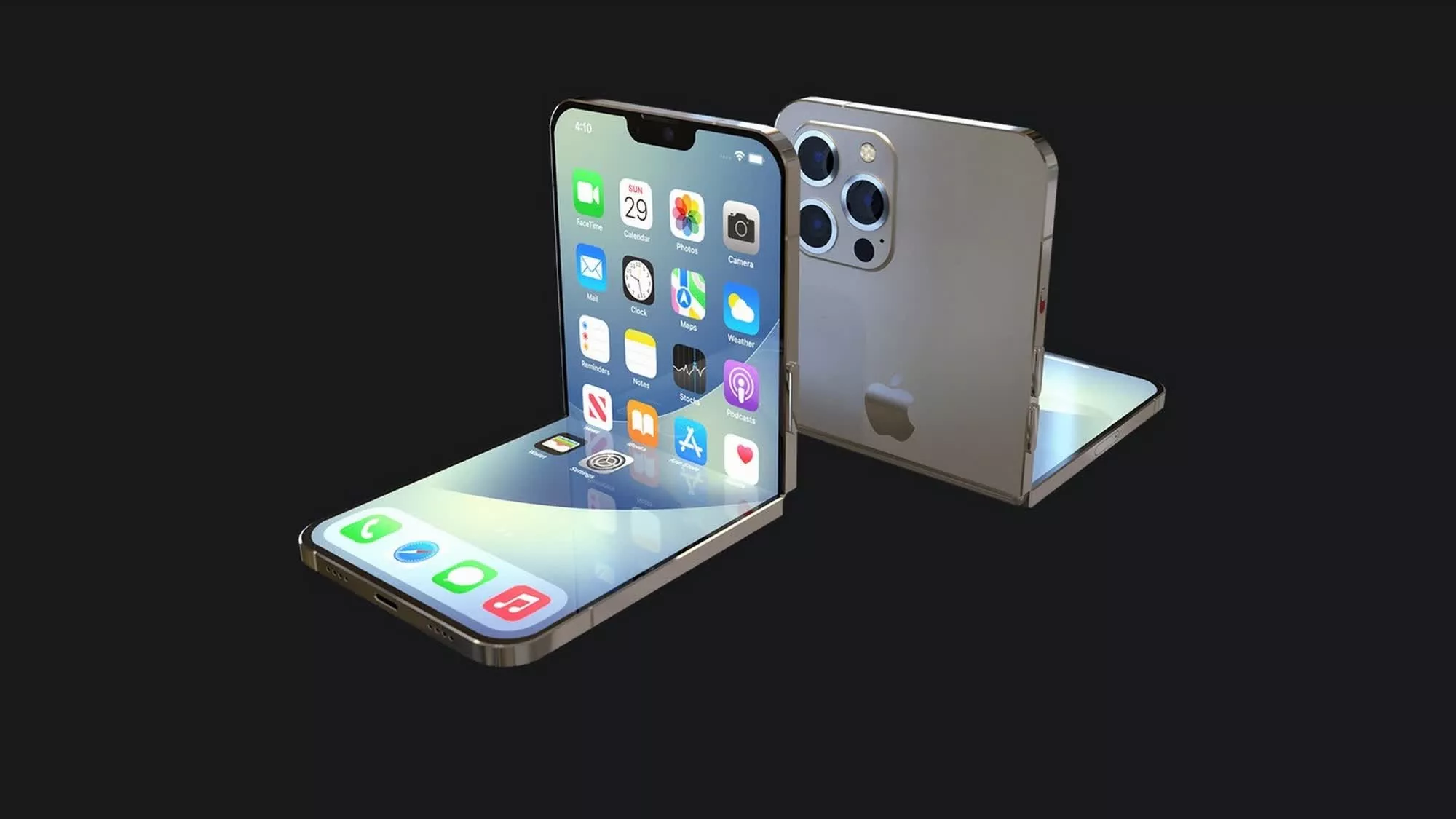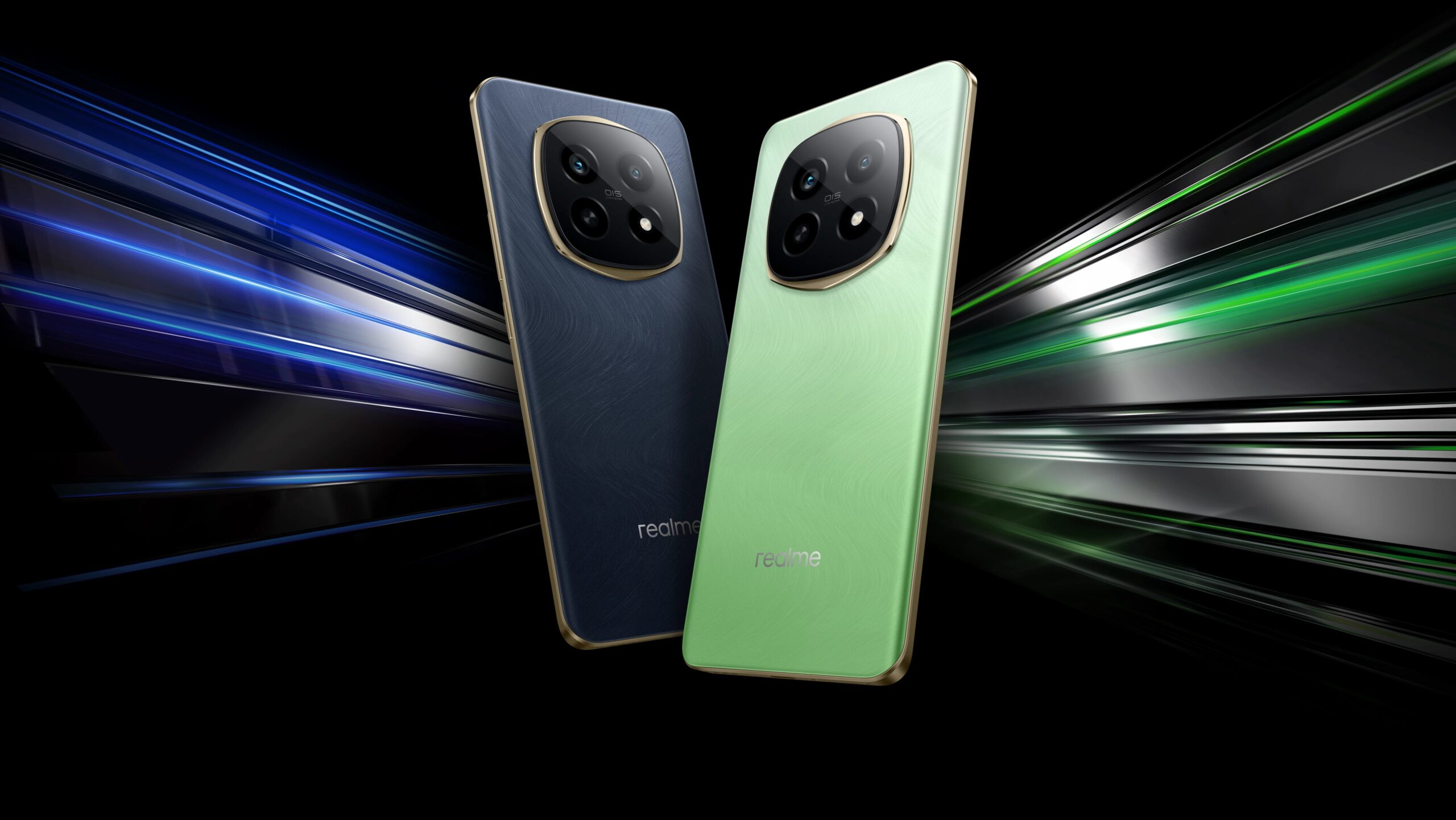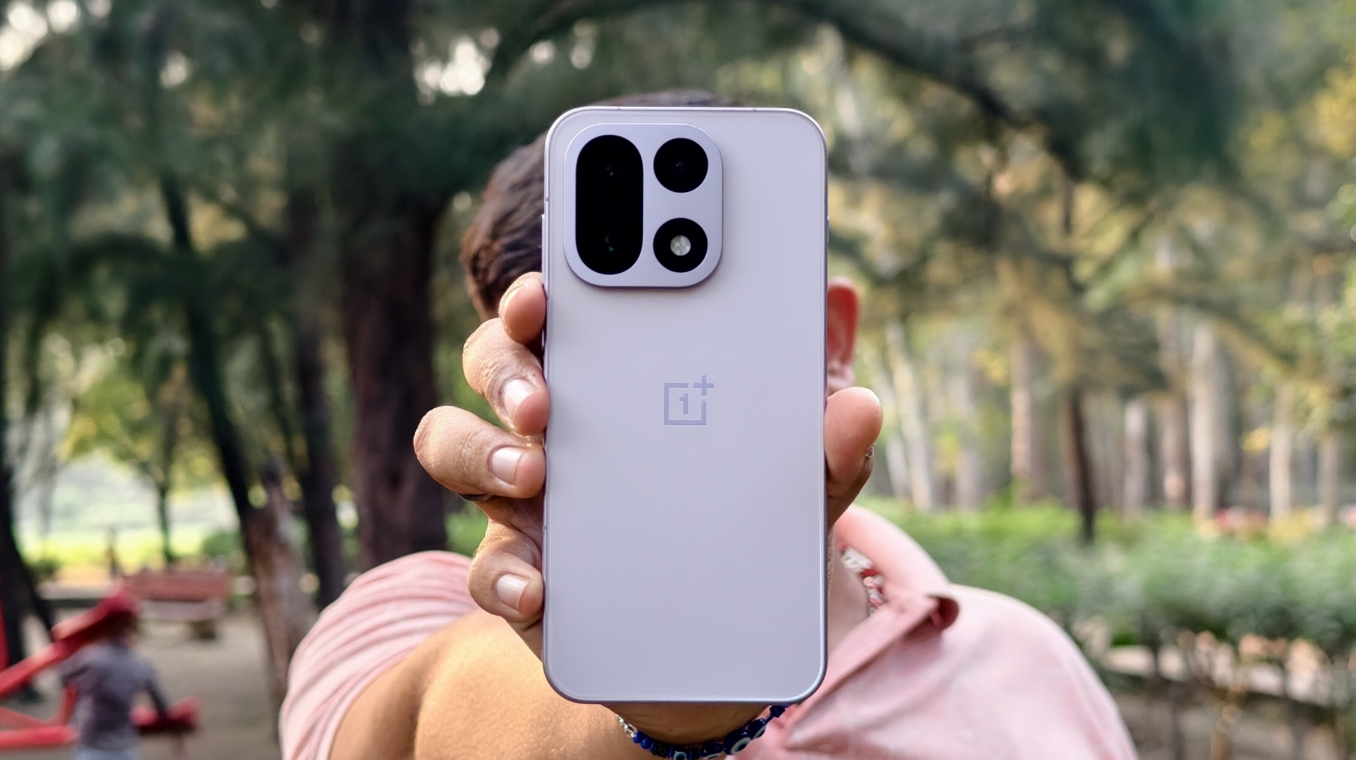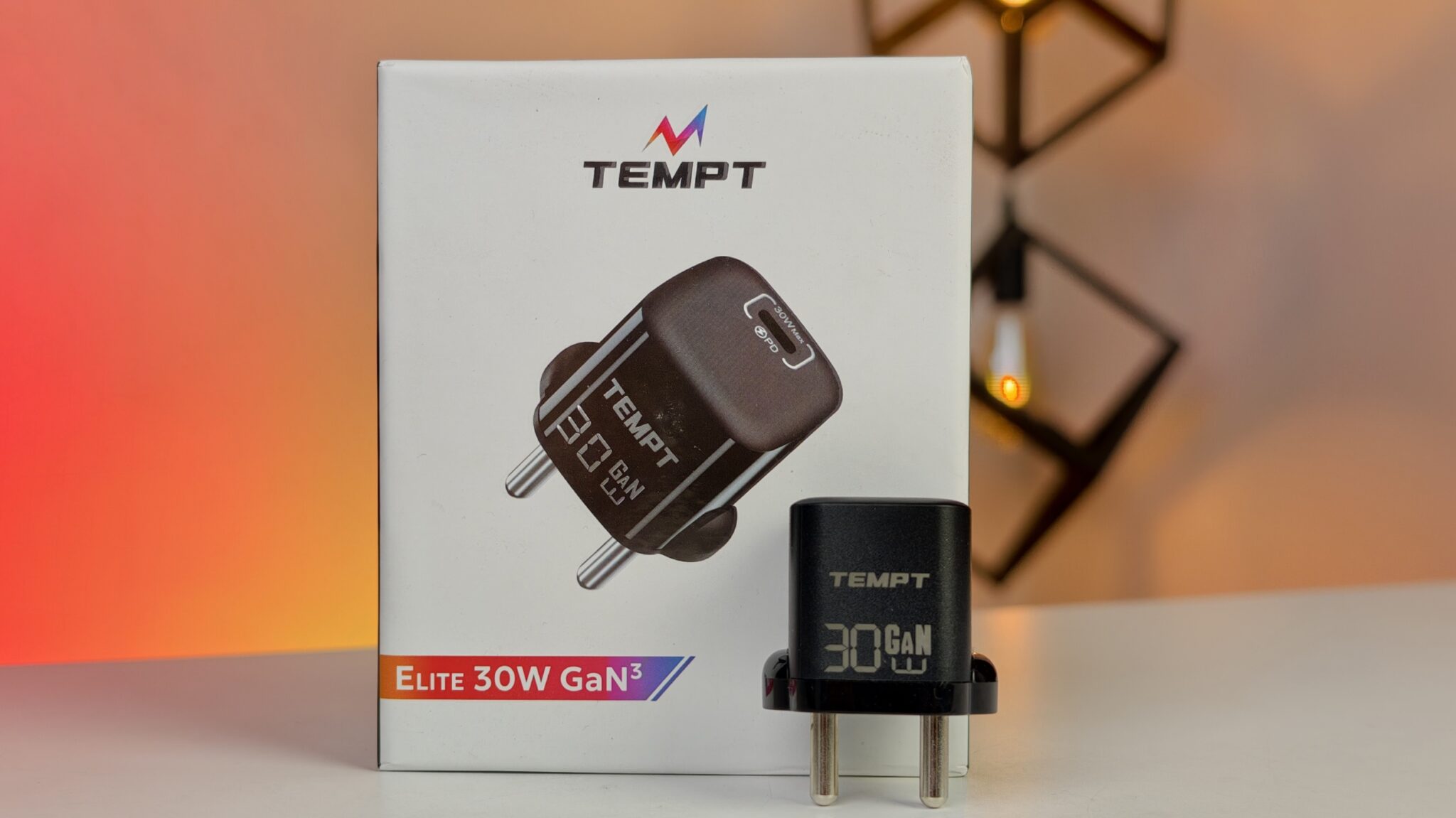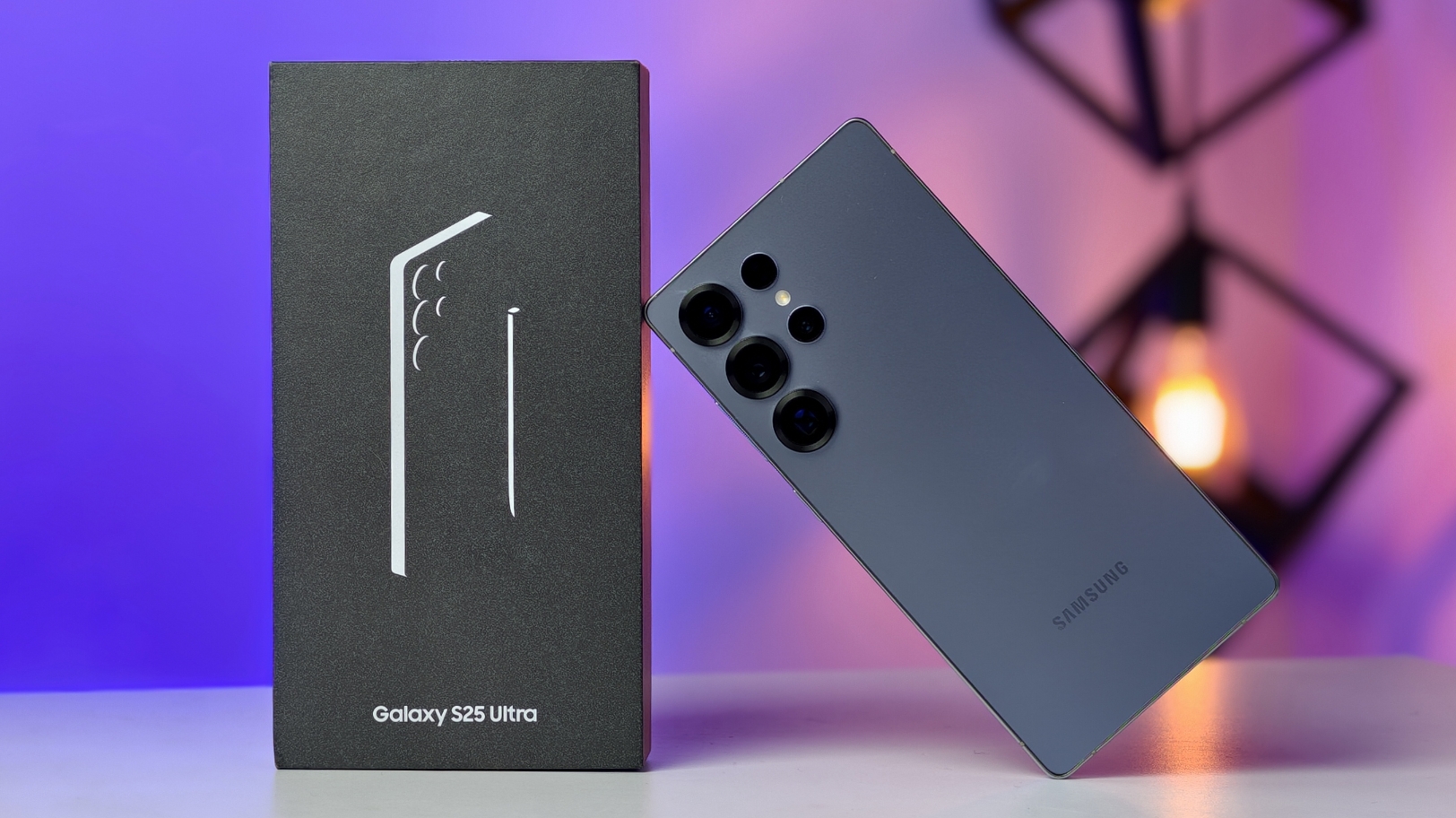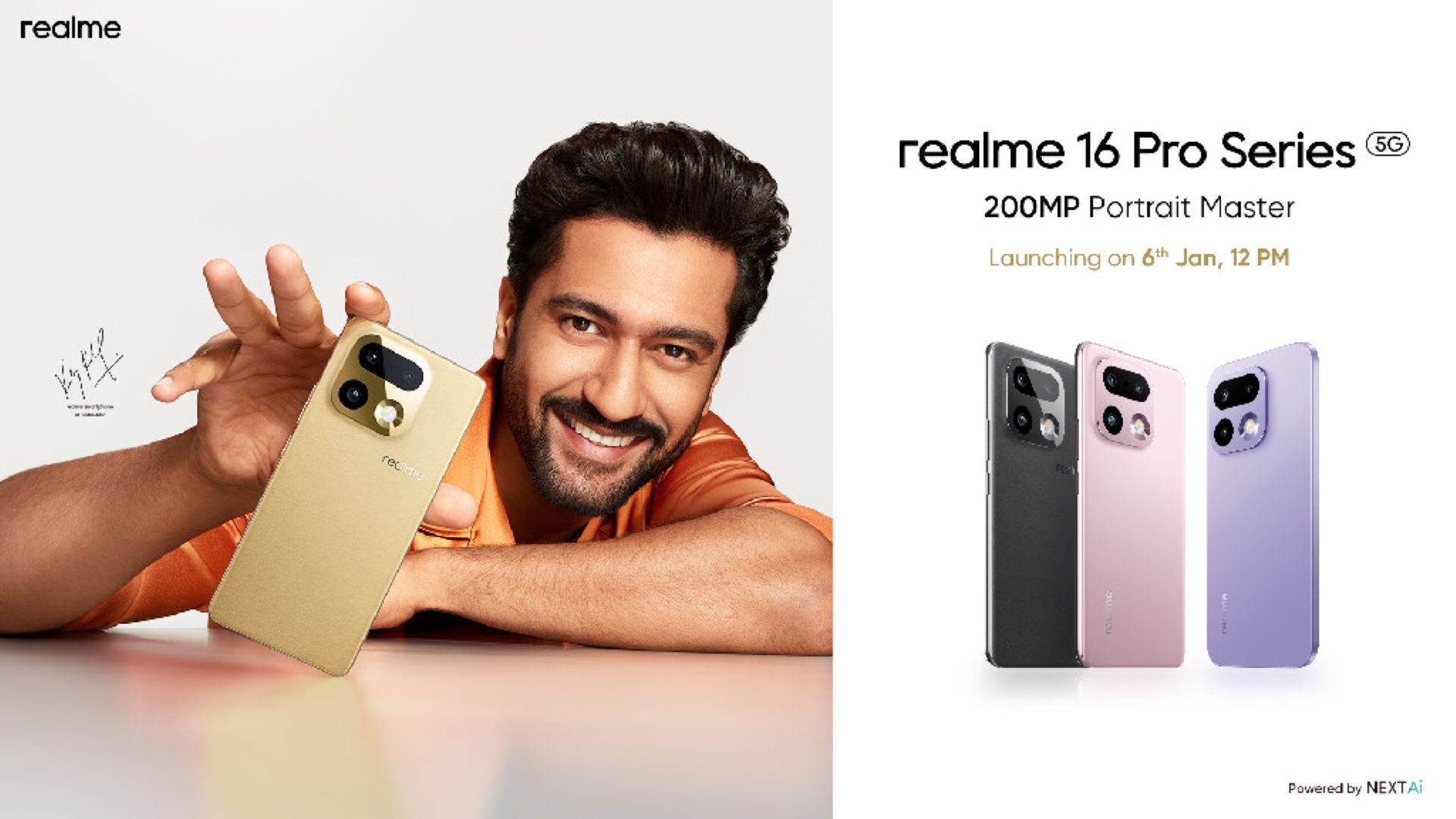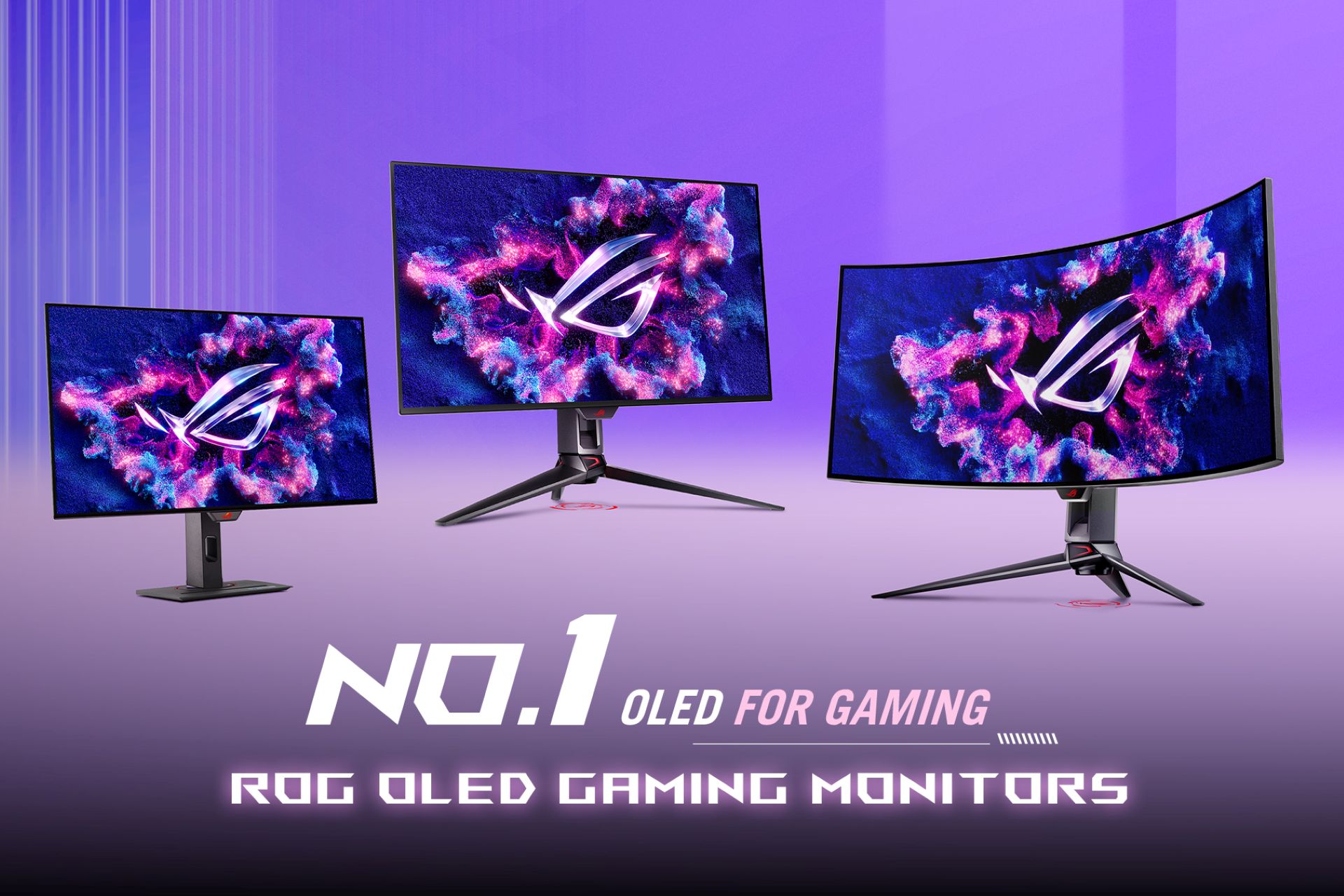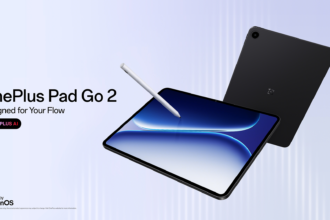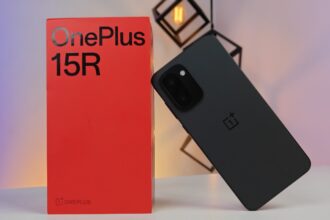Pebble, the pioneering smartwatch company that captured hearts in the early 2010s with its focus on simplicity and exceptional battery life, is making a comeback in 2025. Original founder Eric Migicovsky has announced two new smartwatches under his new venture, Core Devices, promising the beloved Pebble experience with a staggering 30-day battery life.
For those who remember the early days of smartwatches, Pebble stood out from the competition with its e-paper displays and remarkable longevity. While other smartwatches struggled to last a day or two, Pebble devices could run for a week on a single charge. This focus on practicality and user-friendliness garnered a dedicated fan base. Despite its popularity, Pebble was acquired by Fitbit in 2016, and the brand was eventually discontinued after Google acquired Fitbit.
Now, nearly a decade later, the spirit of Pebble is set to return. Migicovsky’s Core Devices unveiled two new models: the Core 2 Duo and the Core Time 2. These devices aim to recapture the essence of the original Pebbles while incorporating modern advancements.
A Nod to the Past, Eye on the Future
The Core 2 Duo serves as a direct successor to the popular Pebble 2. It features a 1.26-inch black and white e-paper display, reminiscent of the classic Pebble aesthetic. The polycarbonate frame, available in black or white, maintains the lightweight and comfortable feel that users appreciated. This model focuses on core functionalities like step and sleep tracking, notifications, alarms, and music control. A significant upgrade is the promised 30-day battery life, a substantial leap from the Pebble 2’s already impressive 7-day battery. Migicovsky attributes this improvement largely to the increased power efficiency of Bluetooth technology over the past decade. The Core 2 Duo also incorporates a microphone and a speaker, hinting at potential integration with AI assistants.
The Core Time 2 represents the evolution of the Pebble Time 2, a device that was announced but never released before Pebble’s acquisition. This model boasts a larger 1.5-inch color e-paper display with a higher resolution. The metal frame provides a more premium feel. In addition to the features found in the Core 2 Duo, the Core Time 2 includes a heart rate monitor and a touchscreen. The touchscreen functionality will primarily be used for interacting with watch face complications, offering quick access to information like weather, calendar events, and step counts. Despite the addition of a color display and a touchscreen, the Core Time 2 is also projected to achieve an impressive 30-day battery life.
PebbleOS Lives On
A crucial element of the Pebble experience was its simple yet effective operating system, PebbleOS. Following Google’s decision to open-source PebbleOS earlier this year, Core Devices will utilize this platform for its new smartwatches. This means that the new devices will be compatible with the thousands of watch faces and apps developed for the original Pebble ecosystem. Users can expect a familiar interface with core functionalities like notifications, timeline view, calendar, and basic fitness tracking. The open-source nature of PebbleOS also allows for community-driven development and customization.
Migicovsky stated that users will not be tied to a specific app for setting up the new watches. They can use the Rebble project’s app, an app from Core Devices, or even build their own, highlighting the open and flexible nature of the platform.
Pricing and Availability
The Core 2 Duo is priced at Rs.12,895, while the Core Time 2 will retail for $225. Pre-orders for both models are open now, with the Core 2 Duo scheduled to begin shipping in July 2025 and the Core Time 2 following in December 2025. Notably, the initial production run of the Core 2 Duo will be limited to 10,000 units, with future production based on customer demand. This suggests a focused approach, prioritizing the desires of the dedicated Pebble community.
A Different Approach to Smartwatches
In a market dominated by feature-rich smartwatches with vibrant displays and demanding power requirements, the return of Pebble, or rather “Core” smartwatches, offers a refreshing alternative. Migicovsky emphasizes that his goal is not to compete with the likes of Apple or Samsung in terms of sheer volume or features. Instead, the focus remains on creating a smartwatch that prioritizes battery life and essential functionalities. The inclusion of a speaker and microphone opens possibilities for new applications, such as basic interactions with AI assistants like ChatGPT, without compromising the core principles of simplicity and longevity.



